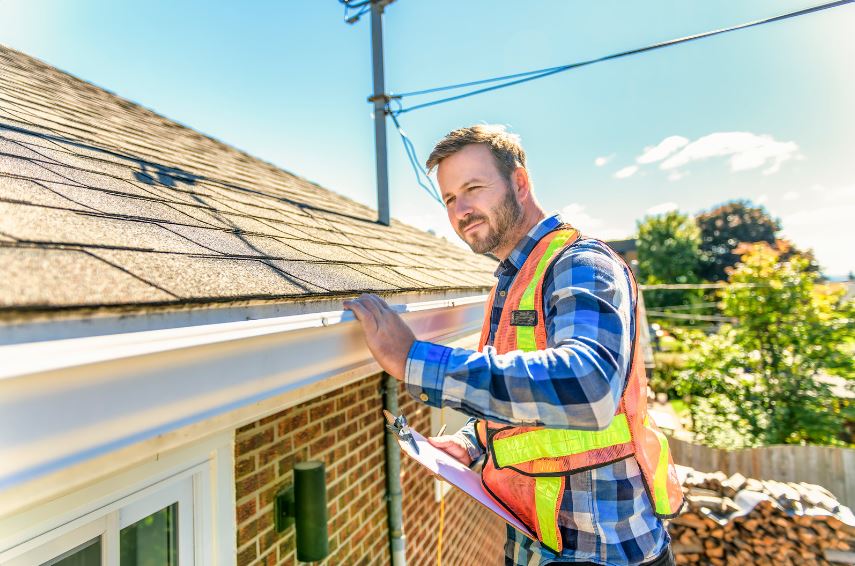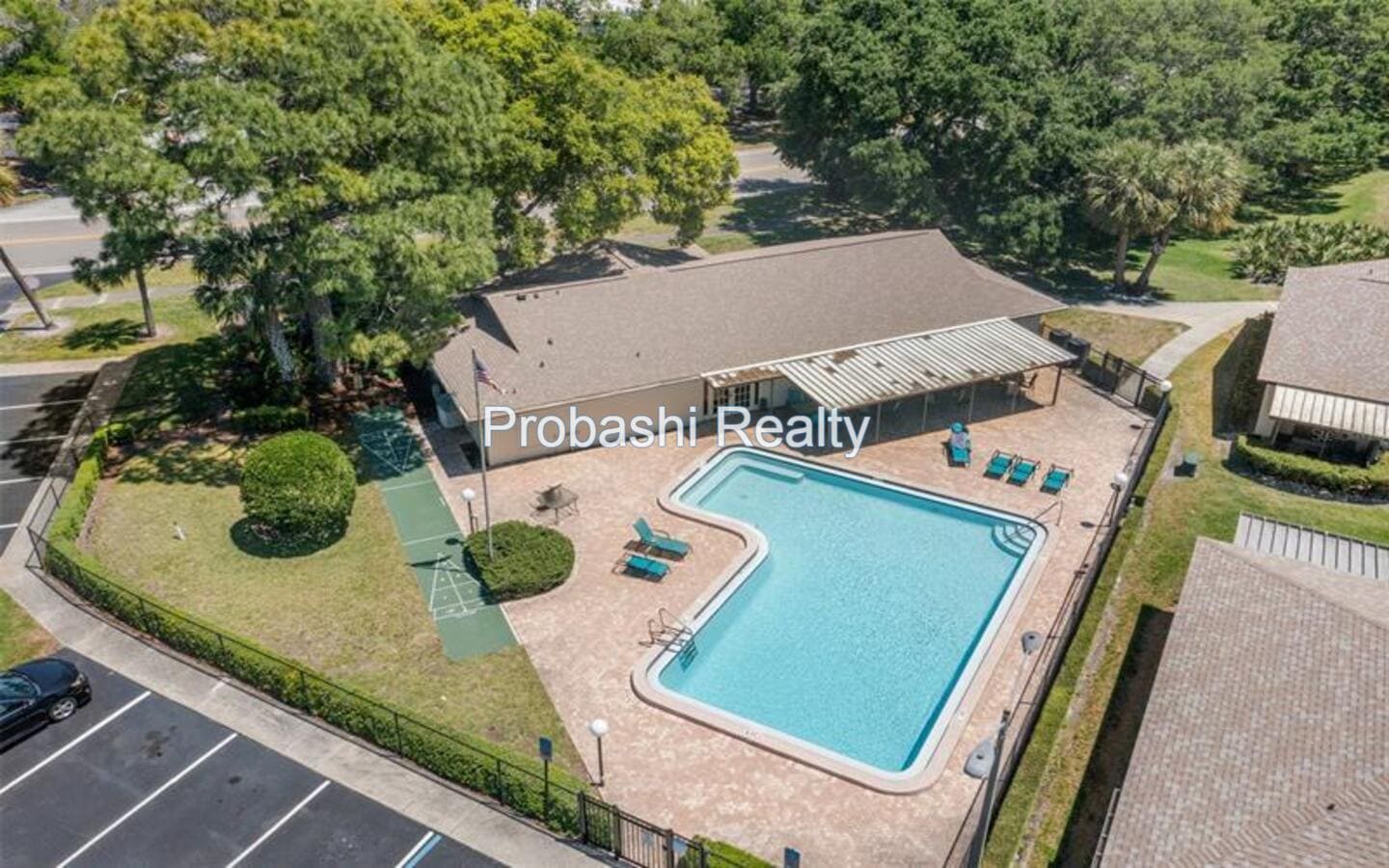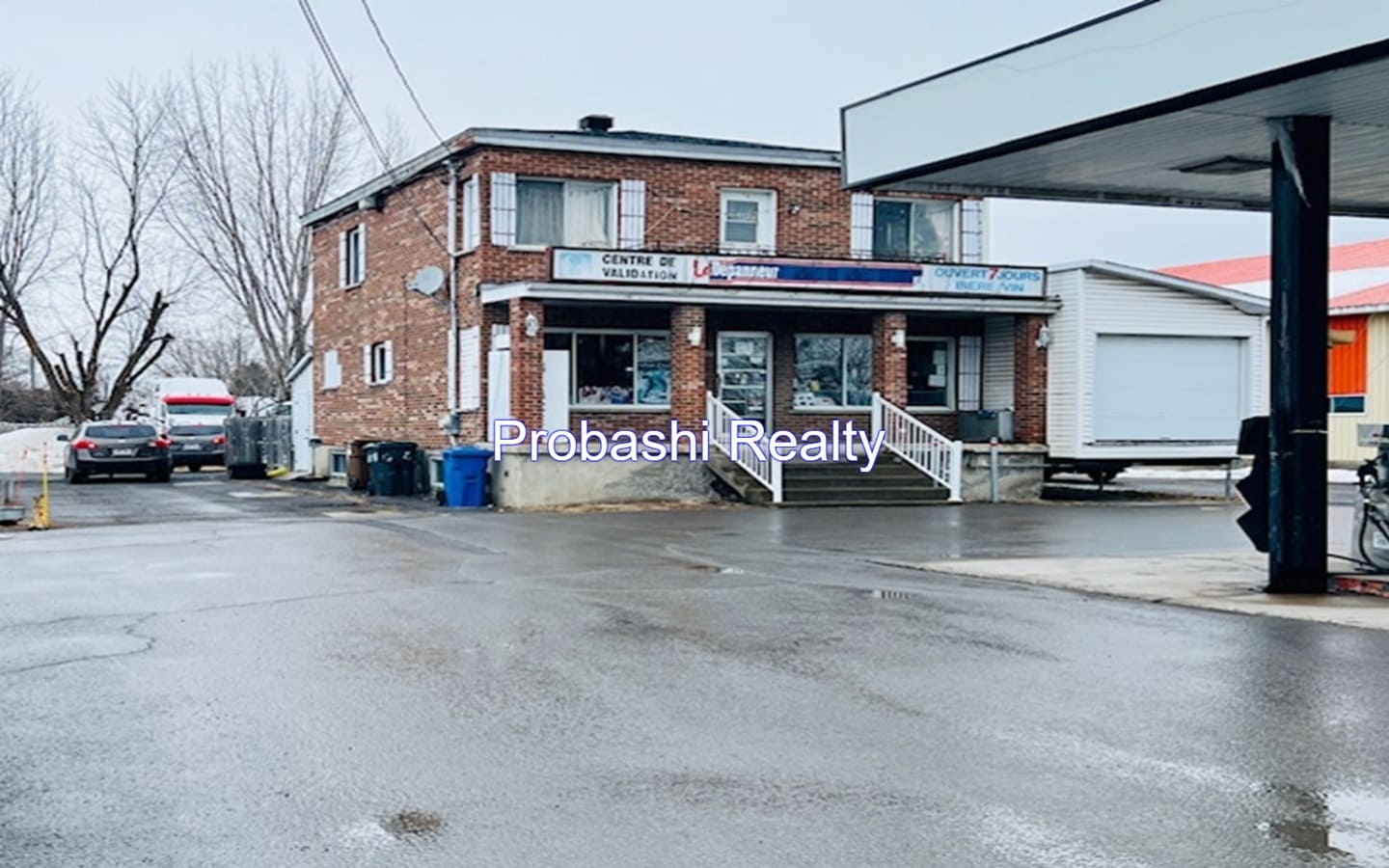What Is A Home Inspection?
A home inspection is like a thorough check-up for a house before it gets sold. The inspector looks at everything from the walls and roof to the plumbing and electricity to make sure everything works well and is safe. They also look for any problems that could lower the house’s value or cause safety concerns, like fire hazards or damage. It’s basically making sure the house is in good shape before someone buys it.

all about Home Inspection In Australia
Home inspections in Australia are a critical part of the real estate process, providing buyers with essential information about the condition of a property. Here’s how home inspections typically work in Australia:
-
Purpose: The main purpose of a home inspection in Australia is to assess the condition of a property and identify any existing or potential issues. This information helps buyers make informed decisions about purchasing a property and assists sellers in understanding any necessary repairs or maintenance tasks.
-
Types of Inspections: There are several types of inspections commonly conducted in Australia:
- Building Inspection: A comprehensive examination of the property’s structure, including the foundation, walls, roof, plumbing, electrical systems, and more.
- Pest Inspection: Checks for the presence of pests such as termites, which can cause significant damage to the property.
- Strata Inspection: For properties within a strata scheme (e.g., apartments, townhouses), this inspection assesses the condition of common areas and any associated fees or levies.
-
Process: Home inspections in Australia are typically conducted by licensed professionals, such as building inspectors or pest inspectors. Inspectors thoroughly examine the property, looking for signs of structural damage, pest infestation, moisture issues, and other concerns. They may use specialized equipment like thermal imaging cameras to detect hidden problems.
-
Legal Requirements: While home inspections are not legally required in Australia, they are strongly recommended, especially for buyers. Sellers are generally required to disclose known defects, but a comprehensive inspection can uncover hidden issues and protect both parties in the transaction.
-
Choosing an Inspector: It’s essential to hire a qualified and experienced inspector for the job. Look for professionals who are licensed, insured, and members of reputable industry associations such as the Master Builders Association (MBA) or the Housing Industry Association (HIA). You can ask for recommendations from real estate agents or friends and family who have undergone inspections.
-
Report: After completing the inspection, the inspector provides a detailed report outlining their findings. This report includes descriptions of any issues discovered, photographs, recommendations for repairs or further evaluation, and an overall assessment of the property’s condition. Buyers can use this information to negotiate with sellers or request repairs before finalizing the purchase.
-
Cost: The cost of a home inspection in Australia can vary depending on factors such as the size and location of the property, as well as the type of inspection required. On average, expect to pay several hundred to over a thousand Australian dollars for a comprehensive inspection.
Overall, home inspections play a crucial role in the Australian real estate market by providing transparency, protecting buyers and sellers, and ensuring the safety and quality of properties.













